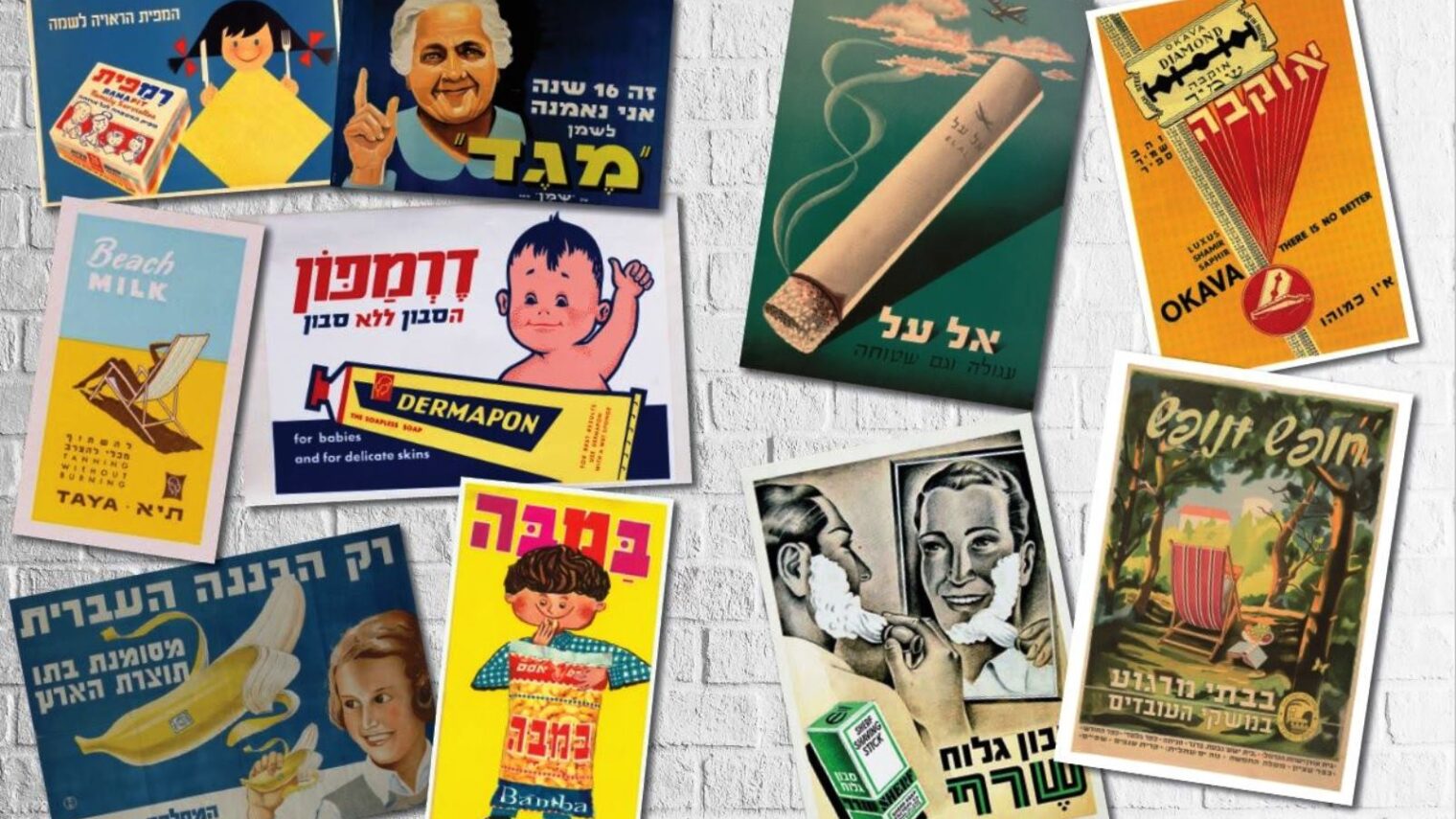The term “yekke” (or “Jecke,” if you want to be a yekke about it), according to UrbanDictionary.com, “refers to Jews originating from Germany. Sometimes used in a derogatory or cynical manner, it refers mainly to their attention to detail…The origins of this title are unclear, ranging from referring to their short jackets… to a conjugation of the Hebrew dayek – to be precise.”
Between 1931 and 1939, 100,000 new immigrants came to pre-state Israel, most of them German Jews fleeing the rise of Nazism. Unlike the previous four waves of aliyah, the members of this Fifth Aliyah were not for the Socialist lifestyle. They lived in proper private residences in Tel Aviv and Jerusalem’s Rehavia neighborhood, spoke in German, published German-language newspapers, and held German cultural and social activities.
They also brought an entrepreneurial work ethic. German-Jewish immigrants founded Nahariya, home to some of the leading families in the Israeli business sphere: Strauss, Soglowek and Wertheimer.
Fittingly, it was visionary industrialist Stef Wertheimer who inaugurated a new exhibition, “And Now the Commercial Ads,” opened recently at the Jeckes Museum, part of the Tefen Open Museum in northern Israel. The exhibit presents works by German-Jewish immigrants who contributed to the development of the advertising industry in Israel and the shaping of Israeli consumer culture from the 1930s onwards.

The graphic artists who arrived in Israel preserved the principles of a connection between content and form andthe modernist approaches taught at the Bauhaus and other schools in Central Europe. Another important contribution of the Fifth Aliyah was in the field of typography and new designs for Hebrew letters that are still in use.

The exhibition features posters by prominent graphic artists including brothers Gabriel and Maxim Shamir, Franz Kraus and Otte Wallish. These artists also worked extensively with the Zionist movement and, later on, with the government; Wallish was responsible for the calligraphy and design of the scroll for Israel’s Declaration of Independence and also designed Israel’s first postage stamps, the Shamir brothers designed the State of Israel coat of arms, and Kraus created the now-famous “Visit Palestine” poster of 1936.
However, the exhibition emphasizes their work in advertising consumer goods made by companies like Assis, ATA, Dubek, Elite, Osem, Prigat, Shemen, Strauss, Tnuva, Tempo and more.
Curator and Museum Director Ruti Ofekwrites, “The exhibition presents the joint work of advertisers and graphic artists. The advertisers were gifted with the ability to give verbal expression to advertising concepts… graphic artists knew how to give those ideas visual expression. The works display the colorand brightness of Israel coupled with the magic oflaunching advertising activity in Israel, in the early stages of the country’s development, and the establishment of consumer habits.”

Ofek also notes that, due to the new immigrants, the field of advertising became more professional in Israel in the 1930s. This goes hand-in-hand with the Jeckes Museum’s stated mission “to tell the story of German-speaking Jewry in central Europe up until World War II, and their influence on the western character of the State of Israel.”
“This aliyah — which could also be called ‘the advertisers’ aliyah’ — changed the face of advertising in [Mandatory] Palestine in the 1930s,” write researchers Yehiel Limor and Osnat Roth-Cohen in a paper entitled “The Fifth Aliyah and Its Impact on the Development of the Advertising Industry”.
In the early 1930s, there were 15 advertising agencies operating in Tel Aviv, and by the end of the 1930s their number had risen to 25. The Germans also established the Palestine Publication Association, the Association of Hebrew Painters of Applied Graphics in Eretz Israel, and the Committee for the Publication of Eretz Israel.

According to Limor and Cohen, Israeli consumer culture had its roots in the Rhineland. “The immigrants from Germany also brought with them norms of culture, consumption and daily life, centered on the ‘self’ and hedonism — values contrary to the collectivist outlooks that prevailed in the Land of Israel in those years — and these norms also found their way to the contents of advertisements.”
They also introduced the strategy of segmentation according to target markets, with some ads appearing only in German and others in Hebrew and German versions.
After 1948, advertising“served not only as a sales tool, but also as a means of imparting language to new immigrants. Alongside the text were bold images, or clear, easily understandable metaphors,” write Limor and Cohen.
“And Now the Commercial Ads”was produced with assistance from the Association of Israelis of Central European Origin (AICEO) andwill run for a year. The exhibition is open to the public free-of-charge.
For more information, click here.
















![Elections 1977 – Likud posters] In 1977, Menahem Begin led an election upset as Israel’s first non-Labor prime minister. Credit: GPO Elections 1977 – Likud posters] In 1977, Menahem Begin led an election upset as Israel’s first non-Labor prime minister. Credit: GPO](https://static.israel21c.org/www/uploads/2019/09/Elections_1977___Likud_posters_-_GPO-768x432.jpg)
